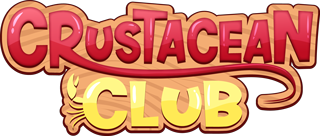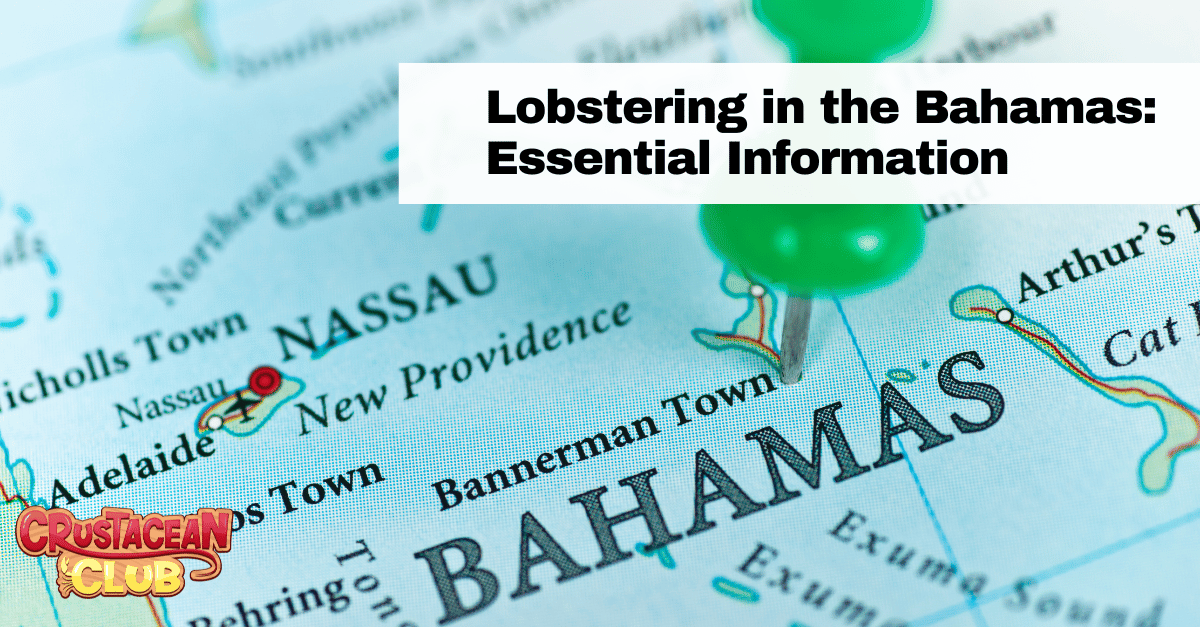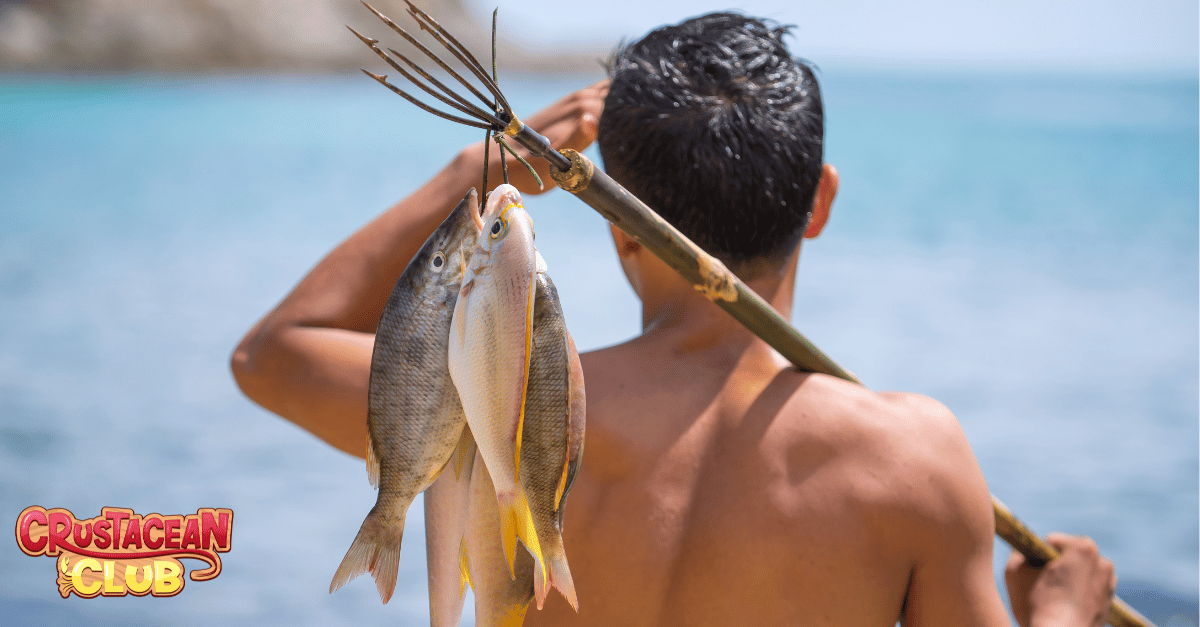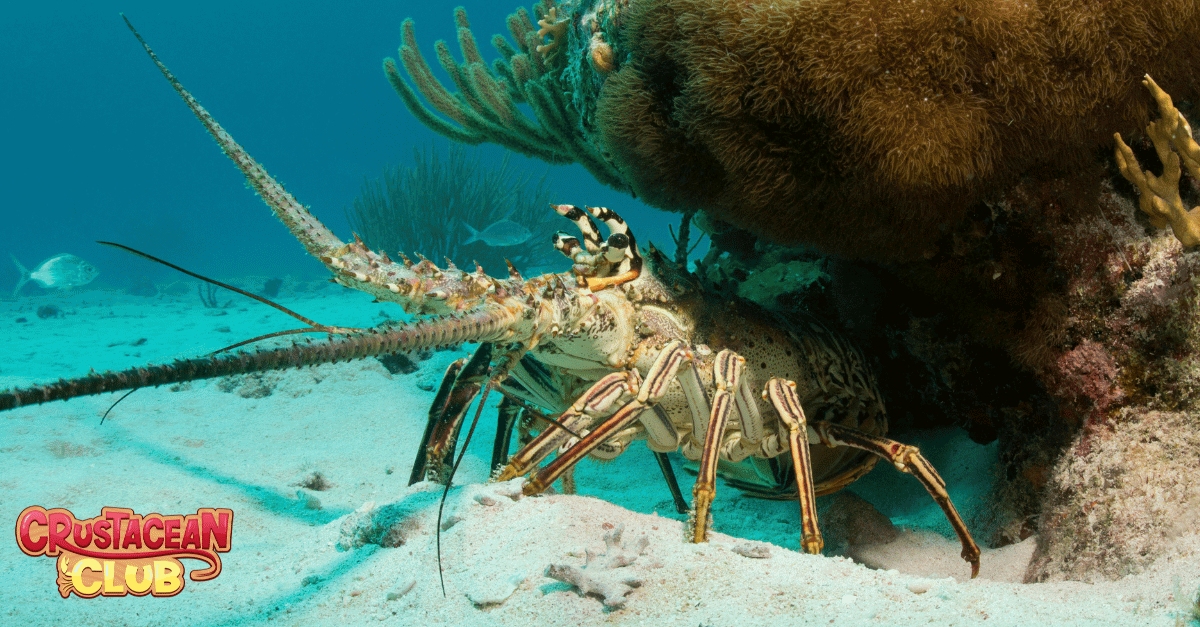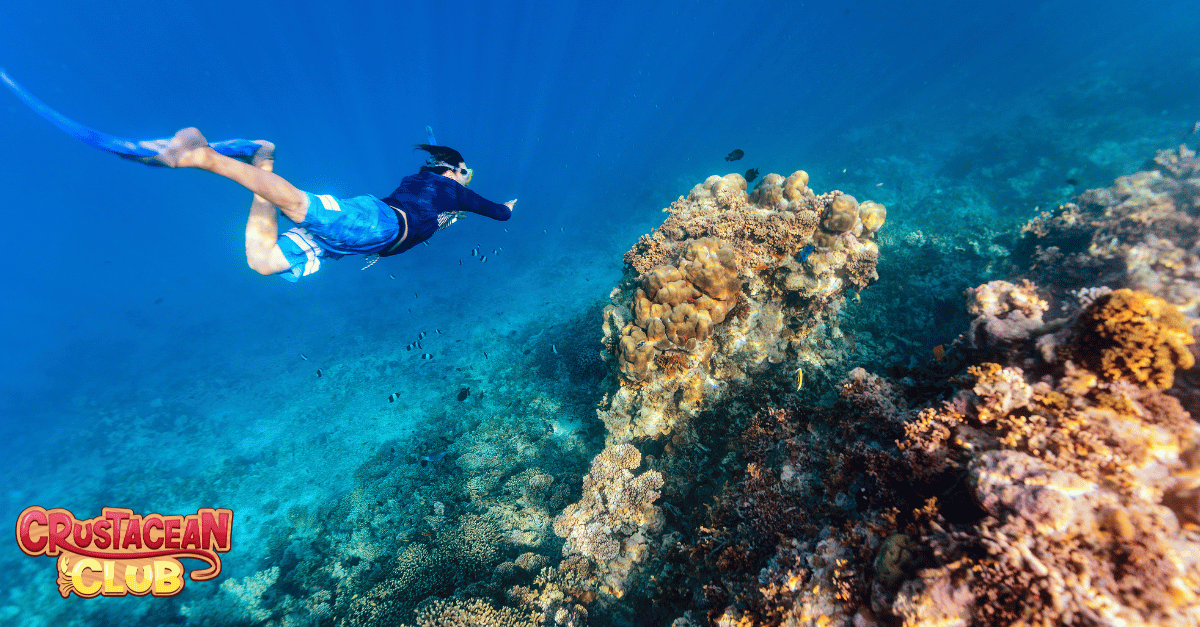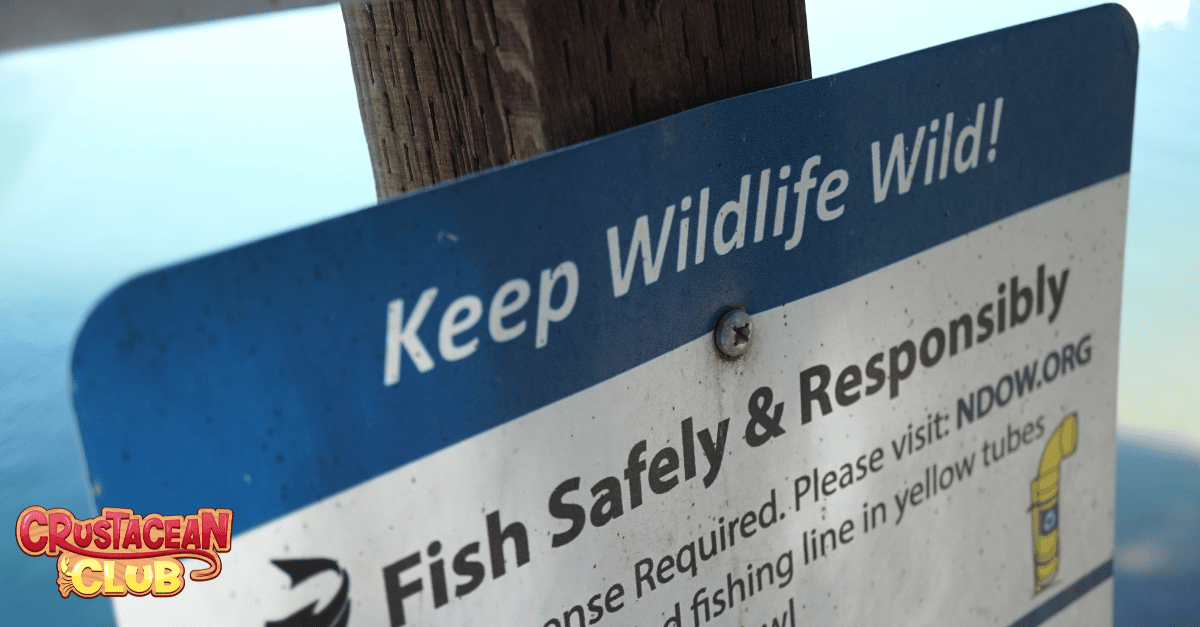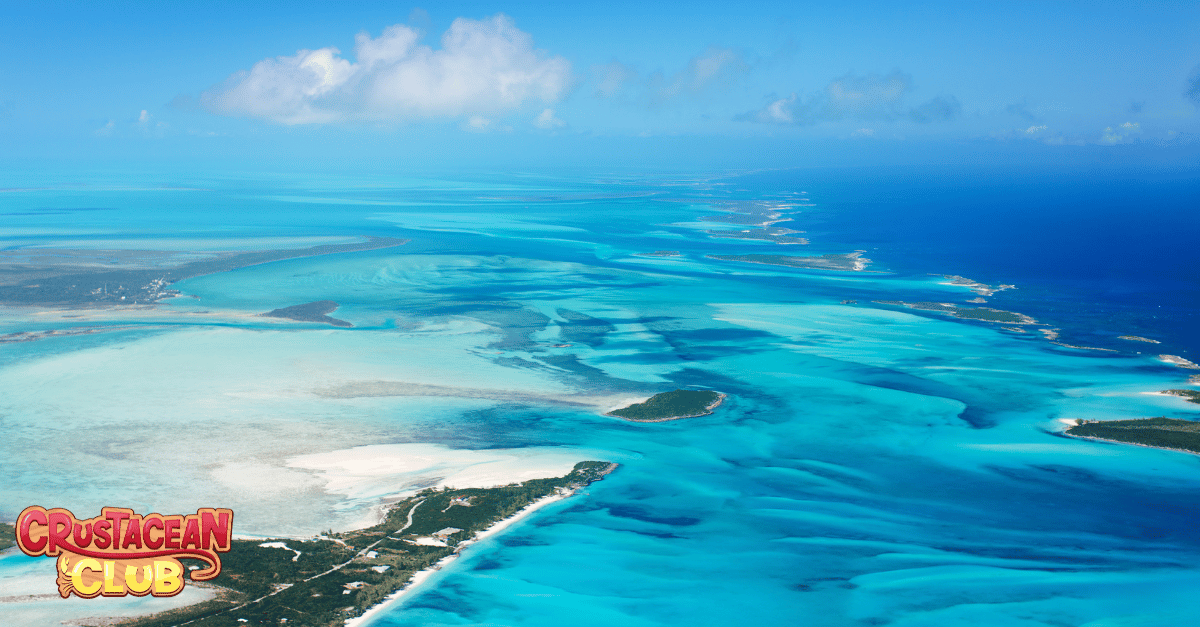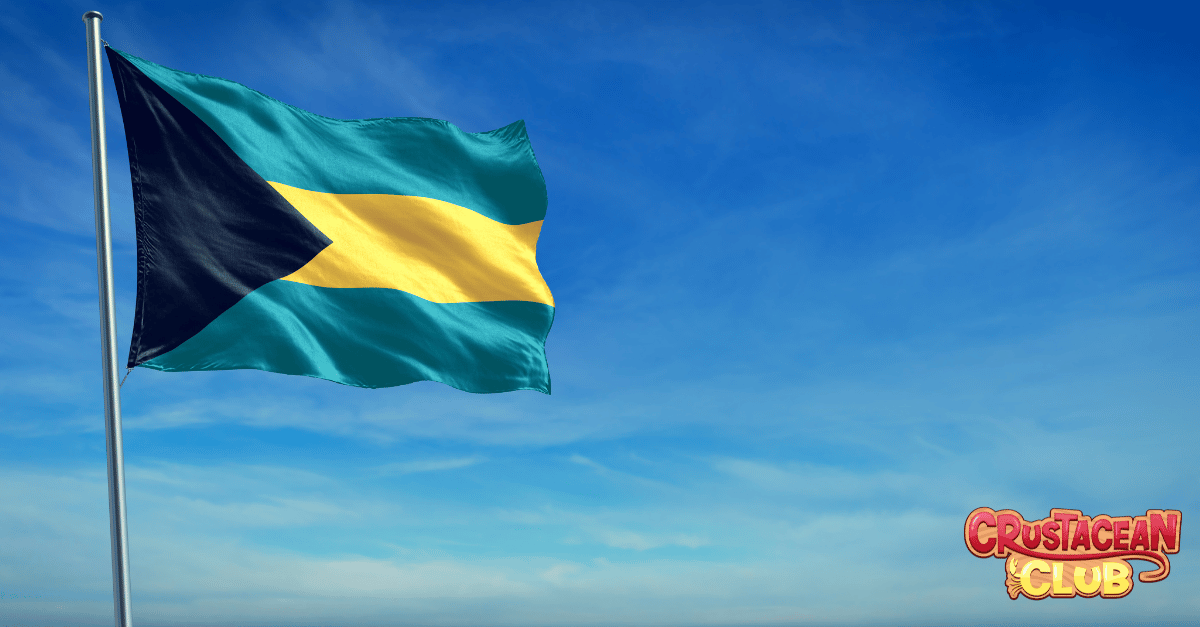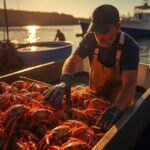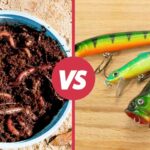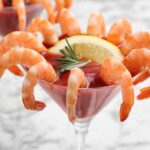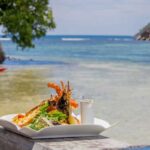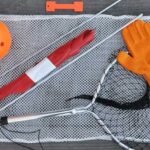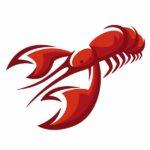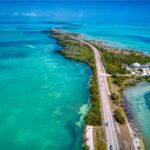Lobstering in the Bahamas: Essential Information
Lobstering in the Bahamas offers a unique blend of tradition, excitement, and natural beauty. Whether you’re a seasoned lobsterman or a curious beginner, understanding the best times to go, the required gear, and the regulations is essential. This blog will walk you through everything you need to know to make the most of your lobstering adventures in the Bahamas!
For more information on all things lobster, be sure to check out the Crustacean Club site where you can also find expert guides on lobster catching!
Key Takeaways
- Lobstering in the Bahamas is a deeply rooted tradition, evolving from the practices of the Lucayan people and European settlers and remains a vital part of Bahamian culture today.
- The lobstering season in the Bahamas runs from August 1 to March 31, with specific regulations on gear usage to ensure sustainable practices and protect marine life.
- Strict guidelines, including size and bag limits, as well as necessary permits for navigating Bahamian waters and transporting lobsters to Florida, are in place to maintain the lobster population and ensure legal compliance.
We love hearing from our readers and subscribers, so please feel free to reach out and contact us today!
Past & Present: Lobstering in the Bahamas
The Lucayan people were pioneering lobstering with tools crafted from the elements of their environment, long before the Bahamas gained fame for its sandy beaches and turquoise waters. The spiny lobster, a marine treasure, has since been at the heart of Bahamian culture, with European settlers in the 16th and 17th centuries establishing the islands as a prime source for these crustaceans. The evolution of lobstering from a subsistence activity to a booming export business reflects the ingenuity and adaptability of the Bahamian people.
In the Bahamas, lobstering transcends being merely a means to an end; it’s a vibrant aspect of the social fabric that unites people in celebration and nourishment. Festivals and culinary events throughout the islands pay homage to traditional methods, preserving a way of life that has been passed down through generations. The thrill of the hunt, the joy of shared success, and the feasts that follow capture the essence of what it means to catch lobster in the Bahamas.
When lobstering in the Bahamas, timing is of utmost importance. The season, running from August 1 to March 31, is not just a period but a celebration of freedom and bounty, marked by Emancipation Day on the first day of the season. Within this time frame, lobster enthusiasts have the opportunity to engage with the local marine life and participate in a tradition that is as old as the islands themselves.
Essential Gear for Lobstering
Having the appropriate gear is pivotal for a successful lobstering experience. In the clear Bahamian waters, only a Hawaiian Sling or Spear Pole is sanctioned for catching these armored delicacies. Despite the allure of more advanced methods, honoring the local regulations that ban the use of:
- scuba gear
- bleach
- soap
- explosives
is crucial. Lobsters can only be captured using free diving or snorkeling methods.
Regulations and Sustainability
Sustainability of its marine life is a serious concern for the Bahamian government, especially the Department of Marine Resources, which operates under the Ministry of Agriculture and Marine Resources. Regulations, including size limits and seasonal bans, underscore the commitment to ensuring that bahamian lobsters, particularly egg bearing lobsters, continue to thrive in Bahamian waters for generations to come.
Size and Bag Limits
The Bahamas has set forth clear guidelines to ensure that lobsters are given a fair chance to mature and reproduce, with their tail intact. The minimum carapace size is set at 3 3/8 inches, or alternatively, a tail length of 6 inches, with a strict bag limit of 10 lobsters per person to maintain the population.
Licenses
Visitors must obtain a fishing permit if they intend to catch lobsters. Permits can be acquired through the Bahamas Department of Marine Resources.
Navigating Bahamian Waters
Navigating the Bahamian waters necessitates not only sea knowledge but also a comprehension of the involved legalities. A cruising permit is a must-have for any pleasure craft wishing to explore these waters, with procedures in place to ensure that all maritime visitors are documented and permitted accordingly.
The Bahamas, including Grand Bahama, is dotted with prime lobstering locations, each offering a unique underwater landscape teeming with marine life. Notable spots include the Abacos, Eleuthera, and Exuma Cays, each renowned for their abundance of spiny lobsters, also known as bahamas lobster, and vibrant coral reefs.
If one wishes to take a taste of the Bahamas back to Florida, it is compulsory to adhere strictly to the fishing regulations. To ensure that lobsters brought are lawfully harvested, they must be transported in whole condition and in compliance with the maximum limit of 10 lobsters per vessel.
Summary
As we draw our blog to a close, remember that the adventure you embark upon is steeped in a rich cultural heritage. Adhering to regulations such as bag and size limits, and avoiding egg-bearing lobsters, ensures sustainability. The season supports the local economy and attracts many visitors who enjoy fishing excursions and fresh lobster dishes. Please be sure to fish responsibly as these practices help preserve the lobster population and the marine ecosystem for future generations.
Frequently Asked Question
What is the traditional way of lobstering in the Bahamas?
In the Bahamas, the traditional way of lobstering involves using simple tools like a Hawaiian Sling or Spear Pole, as modern equipment like scuba gear and spearguns are prohibited. This helps to preserve the marine environment and maintain sustainable lobster populations.
